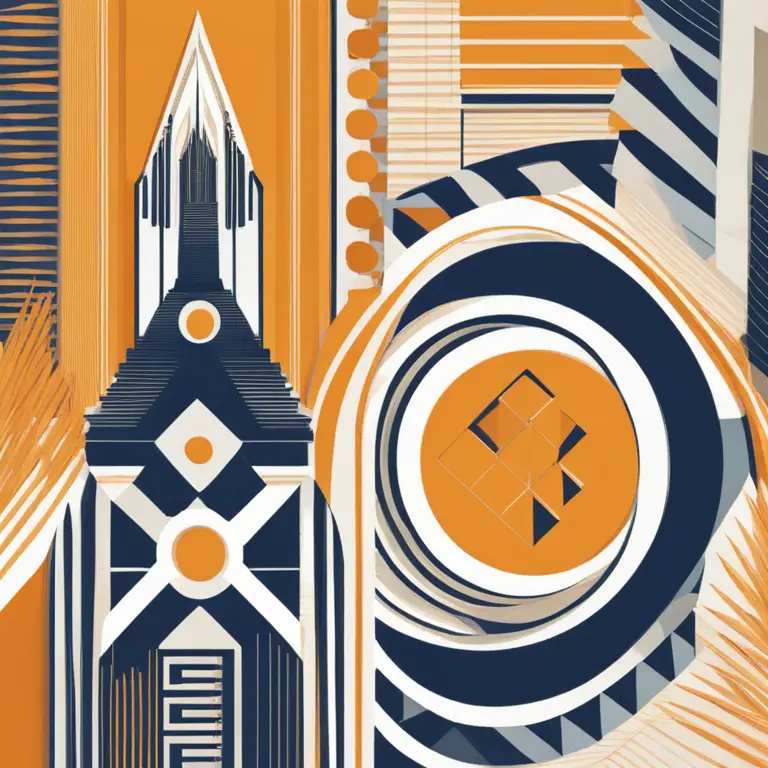
Palmistry's Accuracy: A Rational Assessment
Explore the legitimacy of palmistry through a rational lens as we delve into its accuracy and efficacy in providing personal insights.
article by Nora Pennington
The Enigma of Palmistry
Palmistry, or chiromancy, has been practiced for millennia, tracing back to ancient civilizations such as India, China, and Egypt. It involves reading one's palm lines, shapes, and mounts to predict the future and infer personal traits. However, in the modern era of empirical evidence and scientific validation, the question arises: Is palmistry accurate? This ancient art form persists amidst skepticism and intrigue, compelling us to examine its methods and the testimony of its practitioners and subjects.

Scientific Scrutiny and Skepticism
Mainstream science often dismisses palmistry as a pseudoscience due to the lack of empirical evidence supporting its predictive claims. Critics point to the Forer effect—a psychological phenomenon where individuals believe vague, general statements to be highly accurate for them personally—as one reason why palmistry readings may feel meaningful. No scientific studies have conclusively linked palm lines to specific life outcomes, urging a cautious approach to its practice.

Personal Experiences and Anecdotal Evidence
While the scientific community remains skeptical, many individuals report accurate and insightful readings from skilled palmists. These anecdotal accounts cannot be easily discounted, as the subjective nature of personal experience holds validity for the recipient of the reading. The accuracy of palmistry, according to practitioners, lies less in predicting the future and more in understanding one's character and potential life paths.

The Role of the Practitioner
The proficiency of a palmist plays a pivotal role in the accuracy of a reading. Experienced palmists, who often spend years honing their craft, argue that palmistry is an interpretive art that requires intuition and extensive knowledge of the palm's markings. They contend that while palm lines may not map out the future concretely, they can offer valuable psychological insights that are subjectively accurate.
Modern Palmistry and Technological Advances
With advancements in AI and machine learning, some proponents of palmistry are exploring ways to quantify and improve the accuracy of palm readings. Facial recognition technology's principles are being adapted to analyze palm patterns more consistently. Although this approach is in its infancy, it presents a curious intersection between an ancient practice and cutting-edge technology that could shift perceptions of palmistry's legitimacy.
Cultural Significance and Respect
Regardless of one's stance on its accuracy, palmistry continues to be a significant cultural practice for many. It offers a form of self-reflection and a spiritual experience that has stood the test of time. In recognizing its cultural impact, even skeptics can understand its value as a part of human heritage and its potent role in personal and cultural narratives.
Conclusion: A Balanced View on Palmistry
The accuracy of palmistry may never satisfy the strict criteria of scientific validity, yet it remains a subject of fascination and belief. A balanced view would consider both the absence of empirical support and the profound personal experiences that many have claimed. Palmistry's true value might lie not in its ability to predict but in its capacity to reflect the human story.
Published: 1/11/2024
Modified: 1/12/2024
More predictions
Come back here soon to learn more about yourself and your future


Can We Trust Palmistry?
Delving into the realm of palmistry, this article examines its credibility and place in contemporary spiritual practices.


Can Palmistry Predict Your Path Incorrectly?
Delving into the accuracy of palm readings, this article examines whether palmistry can lead to incorrect predictions about one's life and destiny.


The Efficacy of Palmistry: Real Insight or Fancy?
Delve into the validity of palmistry as a form of divination. Is there a truth behind the lines on our palms, or is it just a charming fancy?